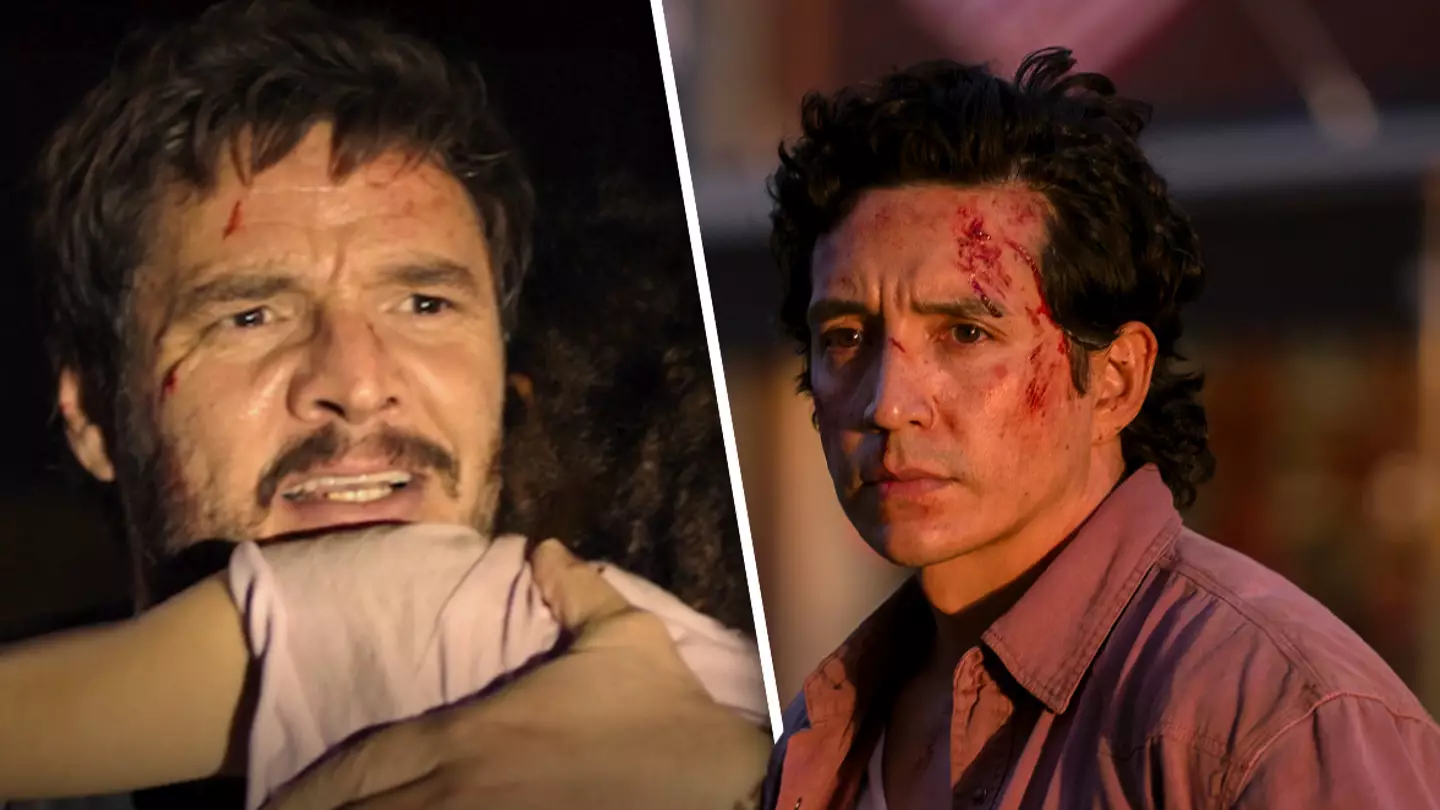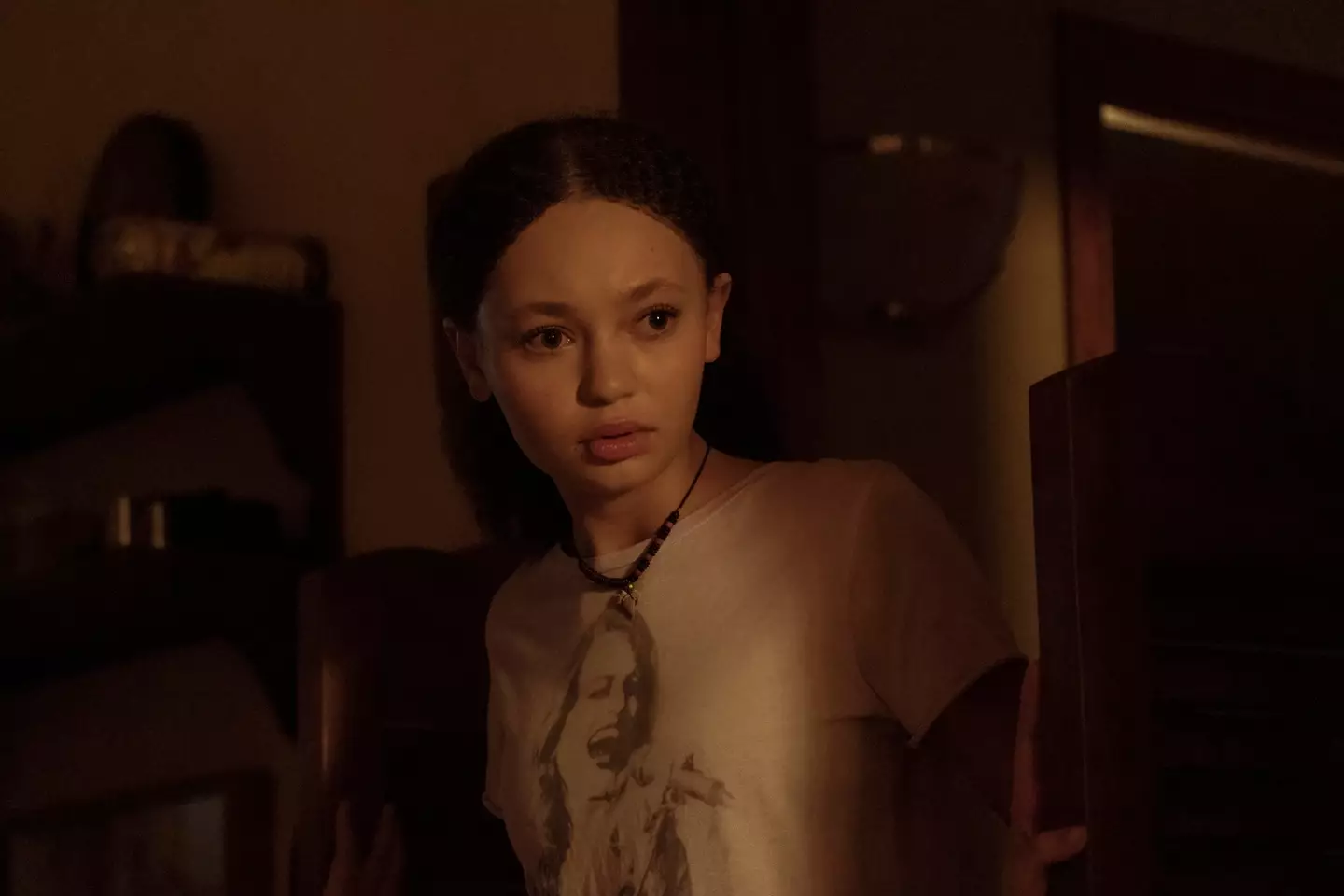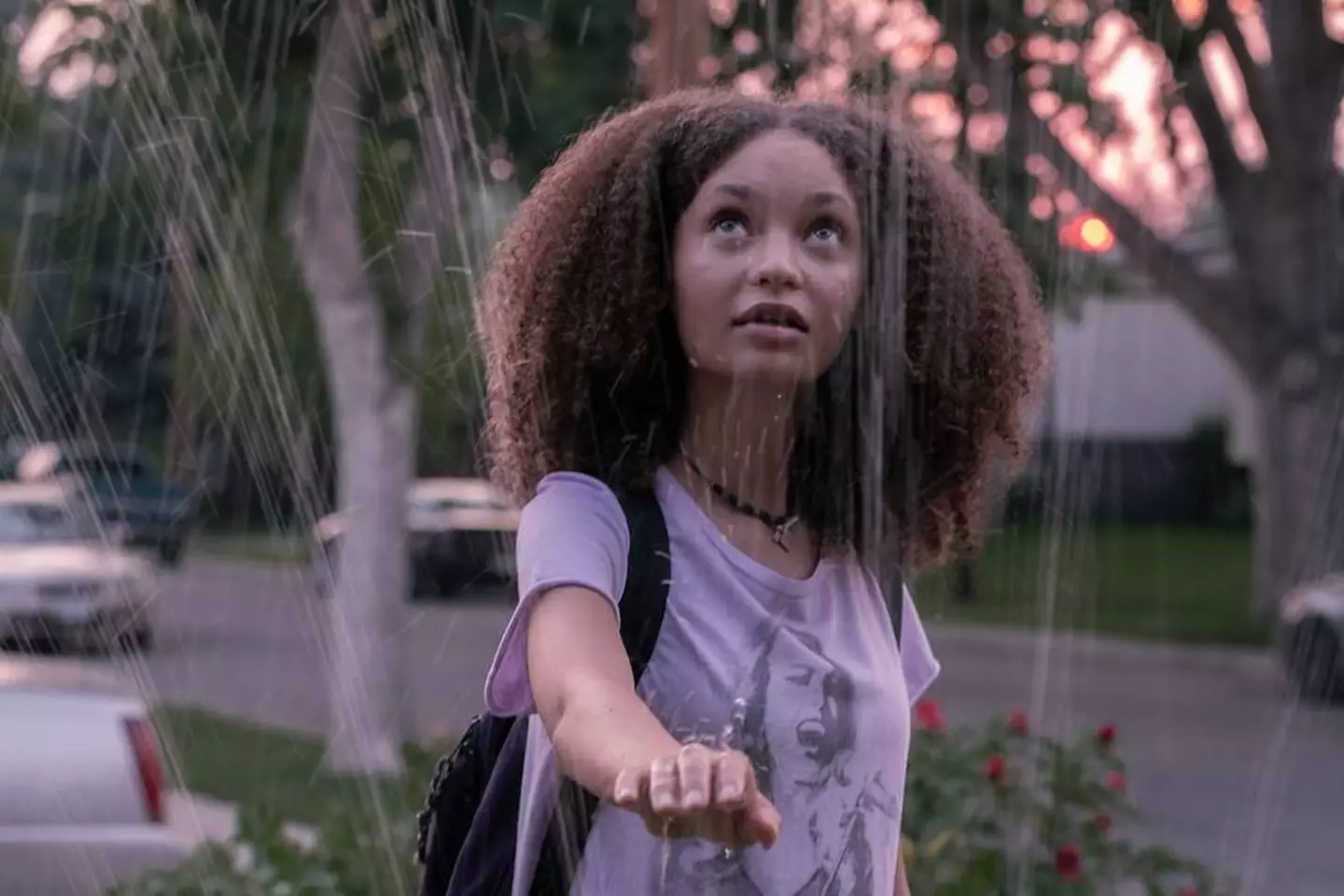
The Last of Us’ prologue is somewhat legendary in the world of gaming. It’s an emotional gut-punch, but it’s an opening that’s widely considered to be one of the very best that gaming has to offer. I’ve played through it countless times. I know exactly what’s coming and yet, my heart shatters every single time. In fact, I didn’t think the prologue could possibly be improved. Last year’s The Last of Us Part I certainly added to the immersion with the use of haptic feedback and 3D audio, but it ultimately told the exact same tale.
HBO’s The Last of Us premiere achieved what I believed to be impossible. The prologue broke my heart more than it did in the game - and unnerved me more too. That’s not to say it’s altogether better. Both versions offer their own benefits, but The Last of Us’ premiere episode is a masterclass in adaptation. Without the need for gameplay, HBO’s The Last of Us takes its sweet time setting the scene on Outbreak Day and the end result isn’t just an emotional gut-punch. It’s a bullet straight to the heart.
If you enjoyed The Last of Us’ premiere. Take a look at what’s in store in the weeks ahead.
I confess, I’ve seen the premiere episode three times now but each viewing has retained its potency. The magic of the show’s prologue stems from the fact that we spend much longer with Joel, Sarah, and Tommy on Outbreak Day. So much of who Joel is is informed by his relationship with Sarah. Having Sarah point out that Joel’s t-shirt is inside out may not initially seem like a big deal, but it’s indicative of the fact that Sarah is a key anchor in his life - one of only two, alongside Tommy. We’re all shaped by those we love. It’s important to lay this groundwork because eventually, Joel’s anchors are taken away.
Sarah also brings out joy in Joel. Clearly, neither of them particularly wanted to spend time with the Adlers but it’s fun to watch them try and rope one another into paying the elderly family a visit. Joel wins, triumph beaming across his face. We’re being lulled into a false sense of security. There are subtle hints that something is amiss though - the news report on the radio, the twitching arm and cough of Sarah’s classmate … You cannot blame Sarah for her lack of concern. How many times have you seen someone fidgeting or heard a cough? The Last of Us builds tension via everyday happenings that we’re so accustomed to seeing. It’s hard to pick out that something is wrong.
Advert

Even sirens speeding past don’t raise the alarm. Emergency services exist. The tension is switched up a notch though when Mrs Adler starts twitching behind a completely unaware Sarah. It’s the final warning before everything really kicks off. Let me pose this question to you: What do you do when you’re scared? Chances are, we all have the same answer. You look for something that brings you comfort. That makes you feel safer, even if that feeling of safety is minimal and fleeting.
As we watch Outbreak Day unfold, Sarah brings us that sense of safety. Everything that’s happening around her is unnerving yet she continues on with her everyday routine. She’s our anchor to normality. We all know that there’s comfort in constancy. When her death eventually comes, it’s not just Joel who’s lost someone. To us, as the viewer, Sarah’s death signifies the death of life as we know it. From then on, we’re thrust into a world filled with danger and peril. She’s not there to guide us, just as Joel too must continue on without his anchor. In my review of the episode, I praised Nico Parker’s performance as Sarah. It’s no easy task to carry the opening of a show surrounded by so much hype and expectation but she does so with ease.

Advert
I thought that perhaps when the prologue drew to a close, I may get some emotional respite for the rest of the episode, but showrunners Craig Mazin and Neil Druckmann had one more surprise in store. Consider how Joel cradles Sarah’s body. He’s desperate - panicked. There’s nothing to be done for Sarah and yet he’s in such a state of disbelief that his only thought is to get her to safety - safety that isn’t there to be found.
Minutes later, post time-jump, we see Joel disposing of the body of an infected child. The image couldn’t be anymore vastly different. There’s no attachment in the way Joel holds the body. He fights against emotion because those that do seep into his life are traumatic. Even 20 years on, Joel’s sleep is plagued by memories of Sarah’s death. Being held at gunpoint triggers the same flashback. The Last of Us’ premiere episode reminds us that we can’t fix things with a health pack anymore. What these characters experience is traumatic, and that changes a person. It’s hard to watch but when hope does find its way into Joel’s life, and it will, the pay-off will be all the more sweeter.
Topics: Naughty Dog, TV And Film, The Last Of Us, Opinion